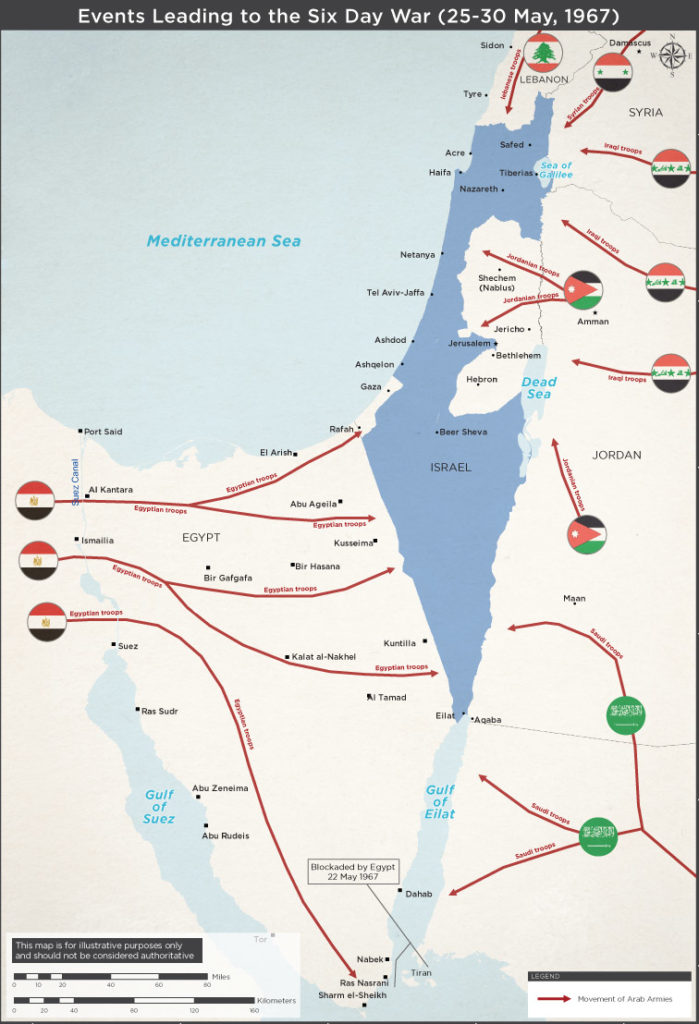Operation Focus (Mivtza Moked)
Intro
In 1967, Israel was faced with a serious geopolitical existential threat of war on 3 fronts by its neighbors. Israel decided to go for pre-emptive airstrikes and won the war in just six days. How did the IAF achieve this success?
The Six-Day War was fought by Israel and its neighboring states of Egypt, Syria and Jordan with the backing of almost all Arab countries. The June 1967 war in particular was not only a watershed in the history of the Middle East, it was also one of the rare occurrences in the recent history of a pre-emptive war, a type of war which breaks out primarily if the attacker feels that it will itself be the target of a military attack in the short term.
Political Background
The root cause of Arab-Israeli conflict has been the creation of the state of Israel in 1948. Israel has not been recognized by its neighbors since its Declaration of Independence in 1948, though much later in 1979, Egypt became the first Arab country to officially recognize the existence of its neighbor. By 1956, The Arab-Israeli tensions had resulted in two wars in a short span of eight years and conflict had become a behavioral norm. In the period leading up to the Six-Day War in 1967, a series of events flared tensions further in West Asia.
One personality who had a major bearing on the events leading up to the war was unmistakably the President of Egypt, Gamal Abdel Nasser. Nasser was a military man, who had become the charismatic leader of the Arabs. He envisioned a great Pan-Arab nation that was strong, secular and socialist. In this, he saw Israel as a major obstacle and maintained hostility to Israel’s existence. Egypt had by far the strongest military in the region in terms of number of troops, tanks and sophisticated fighter aircraft.
Syria, in the north of Israel had constant clashes with its neighbor over land and water. In April 1967, Syria shot a civilian Israeli tractor ploughing in the De-Militarized Zone, in response Israel’s army and air force attacked Syria. Egypt and Syria had a mutual defence treaty and as a result, Egypt started a massive build up of troops along Israel’s southern border in Sinai desert. The parade like build up through Cairo was broadcast on Egyptian TV, with hundreds of thousands of Egyptians on street cheering their army and calling for wiping of Israel from the map. A series of anti-Semitic cartoons popped up showing the extermination of the Israelis. The small state of Israel, with just a population of a little over 2.5 million, didn’t have any broadcasting service at the time. Israelis watched in consternation, the visuals on Egyptian TV in Arabic. In the very first days, 40,000 Egyptian soldiers, 300 Soviet manufactured state-of-the art tanks and various types of heavy artillery crossed into the Sinai Peninsula. All over the middle east there was hysteria and excitement of expectation that Israel was to be wiped out in a matter of days. This mounted tremendous political pressure on Nasser and in this situation, he could not back out of the war even if he may have wanted to threaten Israel and merely put up a show of strength.
Israel, in response, summoned almost every able bodied man into service. Over a few weeks, the armed forces were swiftly and discretely mobilized at key positions. Offices, factories all over Israel shut down due to lack of manpower. A narrow buffer of UN peacekeeping troops from India, Canada, Brazil and Scandinavia separated the two armies along the border in Sinai. On May 16, 1967, Nasser issued orders to UN peacekeeping commander to evacuate within 48 hours. Subsequently on May 22, Nasser visited Sinai with his army’s commanders and announced the closure of Straits of Tiran, blocking the access of Israeli port of Eilat to the Gulf of Aqaba and the Red Sea. On May 30, Jordan’s King Hussein, dumped old apprehensions and visited Nasser in Egypt and signed over control of his army to Egyptian military under United Arab Command.
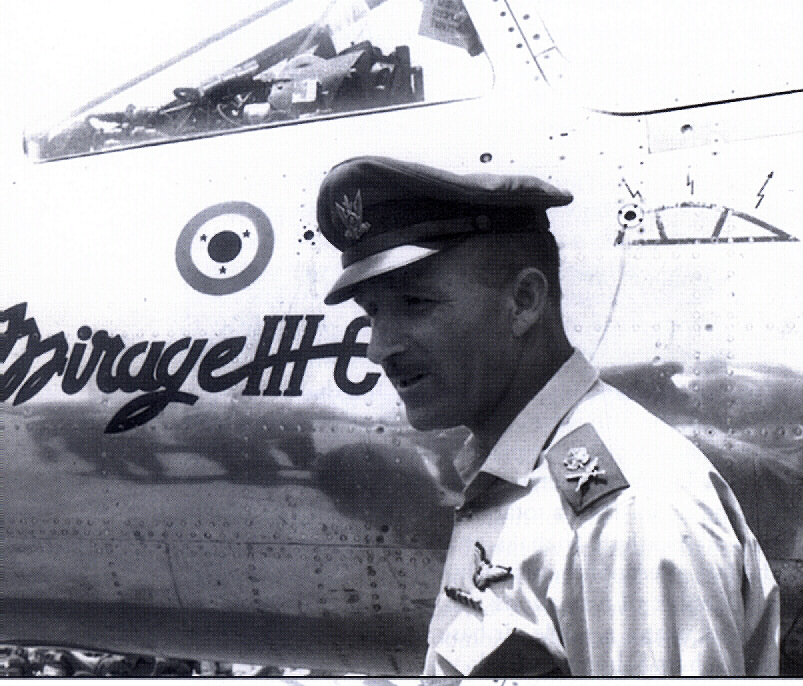
Israel saw the naval blockade as an act of war and tried to persuade US, its greatest friend, to open the Straits of Tiran. President Johnson, occupied with Vietnam, was sympathetic but unwilling to act with the emergency that Israel required. The ratio of forces and state of preparedness would have guaranteed Arabs military success as Israel found itself surrounded by enemies and inevitability of war was obvious. Israel lacked depth on all fronts with its neighbors and was faced with a grave geopolitical existential threat. It had two main options before itself: Letting the Arab states strike the first blow or act itself. It chose the latter and opted for pre-emptive airstrikes followed by ground offensive against its hostile neighbors.

Airstrikes: June 5, 1967
Israel chose to concentrate on one enemy at a time and understood that Egypt was the biggest threat and if Egypt capitulated, the others would be rendered incapacitated in no time. In order to do this, Israel would need to gain air superiority. Once that was achieved, its ground forces could take the enemies one by one.
At 0745 Israel time, Israeli Air Force (IAF) launched Operation Focus (Mivtza Moked) deploying almost all of its 196 combat aircraft in the first wave of air strikes on eleven Egyptian airfields. The strikes had the desired vital element of surprise and caught much of Egyptian Air Force on the ground. Egypt suffered aircraft and pilot losses even before they could be airborne. The first wave was a brilliant success with 189 Egyptian planes, nearly half of Egyptian air force, lying burning on the ground. The IAF jets returned to Israel, were quickly refueled and re-armed in just 7min 30seconds. In the second wave, Israeli jets pounded 14 more Egyptian airbases damaging 107 planes and returned with minor losses. As the subsequently planned third wave of attacks was going on, Syria, Jordan and Iraq started attacking Israeli targets in retaliation; many IAF planes en route for Egypt were diverted and were pressed in support of Israeli ground forces against Syria and Jordan. H-3 airbase in Iraq was also attacked.
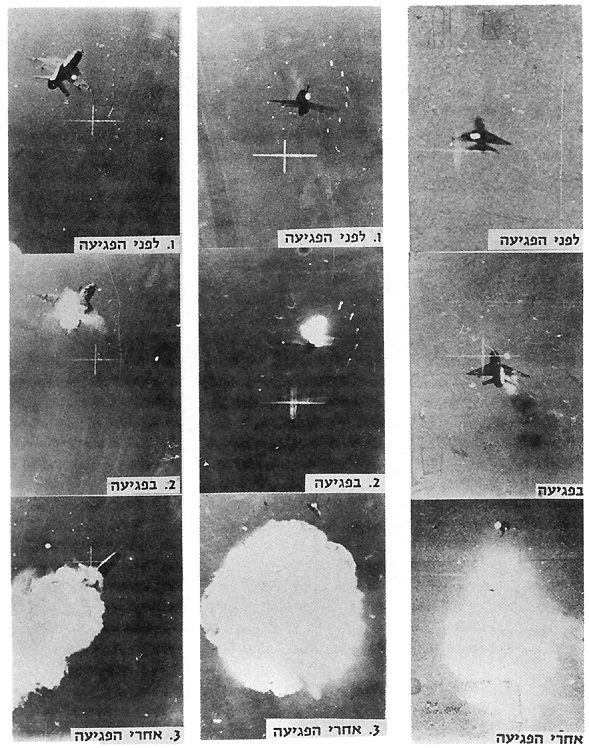
By the end of the day, Operation Focus had proved a resounding operational success. In a space of three hours, Israeli jets numbering less than 200, had destroyed 391 enemy combat aircraft on ground and 60 in dogfights. Israel had achieved complete air superiority over Golan Heights in the north, the West Bank in the east and the entire Sinai desert in the south-west. IAF jets could now be put in support of Israeli Defence Forces (IDF) on ground while they pressed on their fronts. In five more days, the IDF defeated the armies of their neighbors on ground and captured large swathes of enemy territory and on June 10, the war came to an end.
Operational Success
Israeli Air Force mostly deployed the French made Dassault Mirage III and Super Mystère. The aircraft flew at a low altitude just below 100ft, well below the lowest point at which Egypt’s surface to air missiles could bring down an aircraft. The low flight at speeds of 500miles/hour also prevented detection by Egyptian radar and ensured surprise. The aircraft flew over the Mediterranean Sea and turned back towards Egyptian targets.
Israeli jets had a very low turnaround time which meant that IAF could maximize the use of its small number of jets on multiple fronts. With just 12 Israeli jets left to patrol Israeli skies, it was a big risk to go for an all out attack. Fortunately for IAF, their strategy paid off. The IAF jets managed to fly 3,300 sorties in the six days of war with just 200 odd aircraft available.
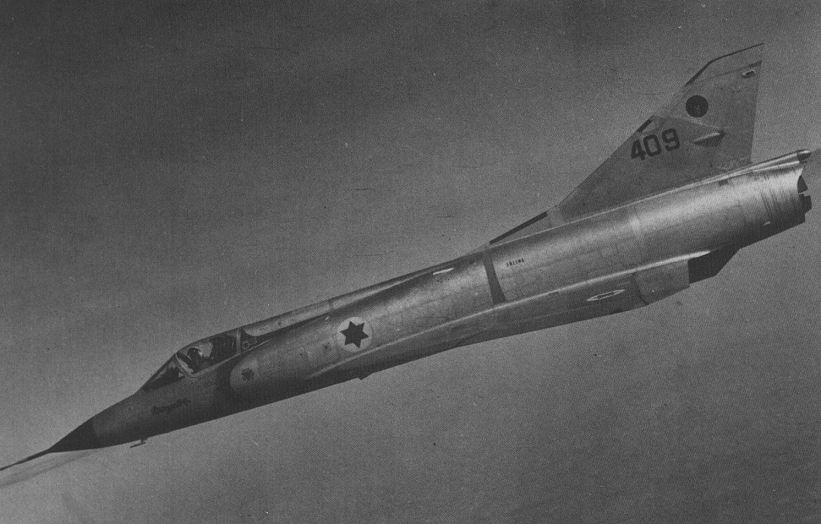
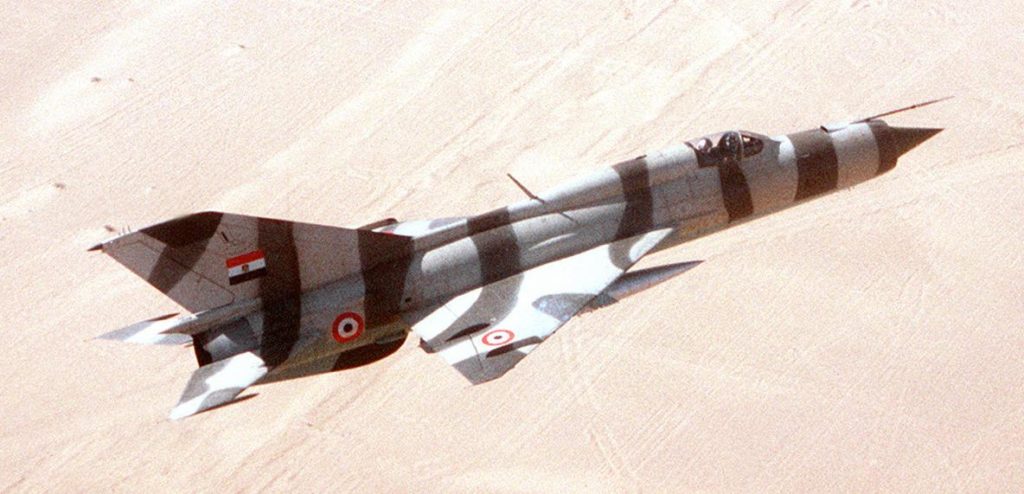
The operational success was achieved by focusing on initial destruction of the runways with a rocket-assisted anti-runway warhead. The newly developed prototype used a rocket breaking over the target to point the warhead directly toward the runway being attacked, at set altitude, a second accelerator rocket ignites and drives the warhead through the pavement of the runway before it detonates. The explosion creates a small crater over a large new sinkhole, meaning the damaged runway section must be completely removed before the sinkhole can be repaired rather than a normal bomb crater which is simply filled in and patched. Once the runways were disabled, entire air bases’ complements of aircraft were effectively grounded and fell victim to subsequent attack waves, resulting in near-total Israeli air supremacy.

| Combat Aircraft used by the Air Forces | |
| Dassault Mirage III, Dassault Super Mystère, Sud Aviation Vautour, Mystere IV, Dassault Ouragan, Fouga Magister trainer | MiG-21, MiG-19, MiG-17, Su-7B, Tu-16, Il-28, Il-18, Il-14, An-12, Hawker Hunter |
[author] Sushant Gupta, Consulting Editor, Leonardo Times Journal [/author]

